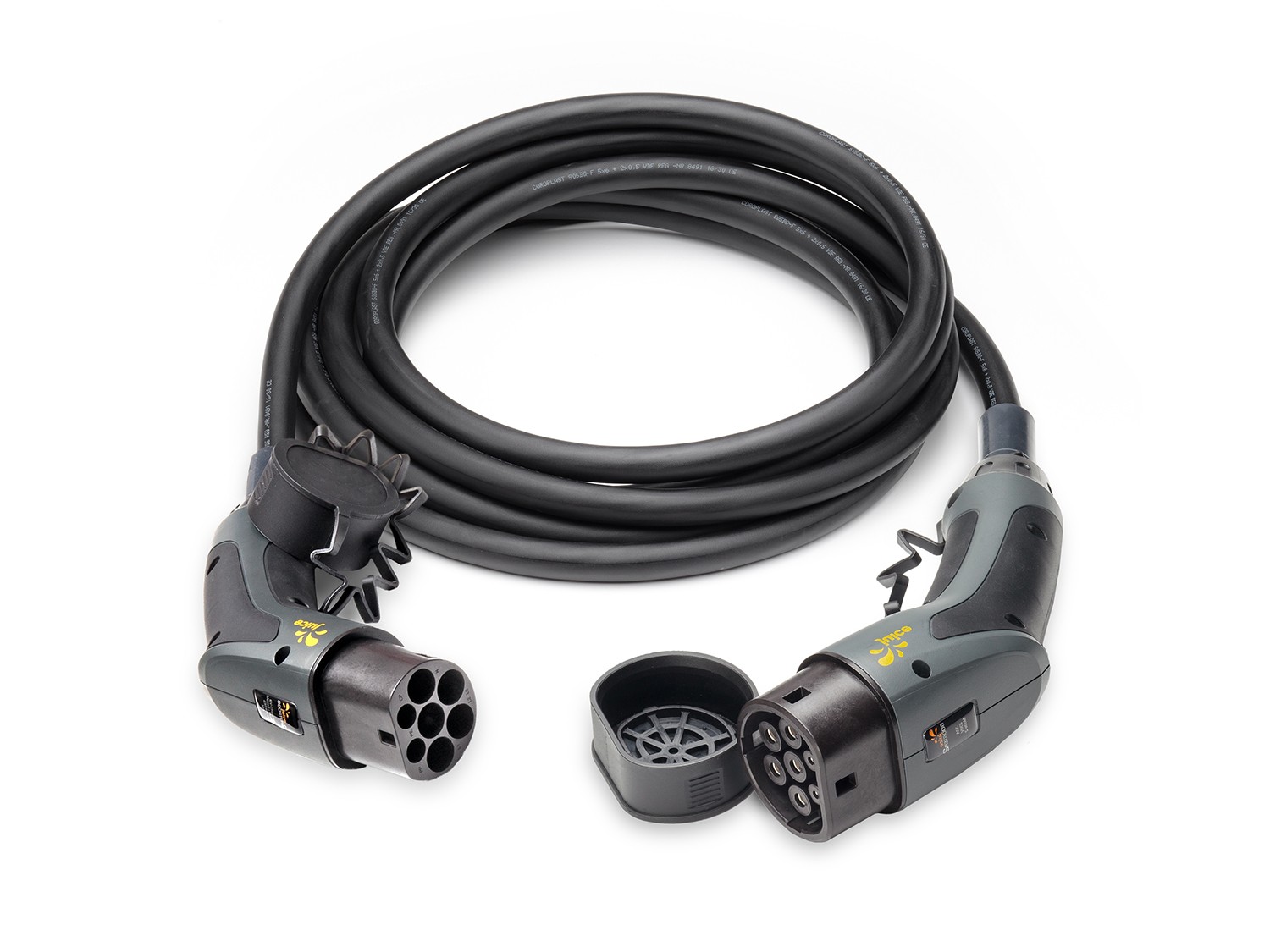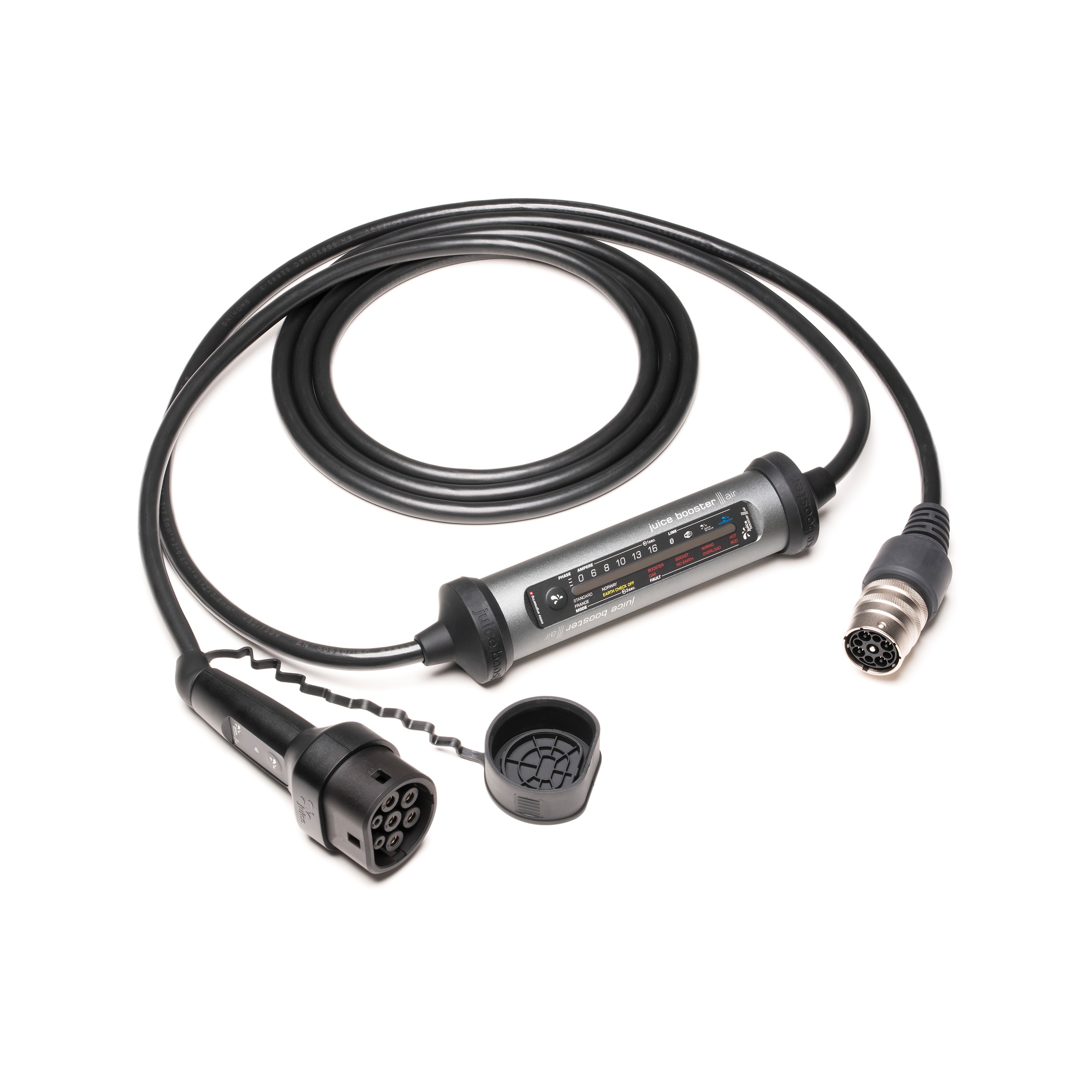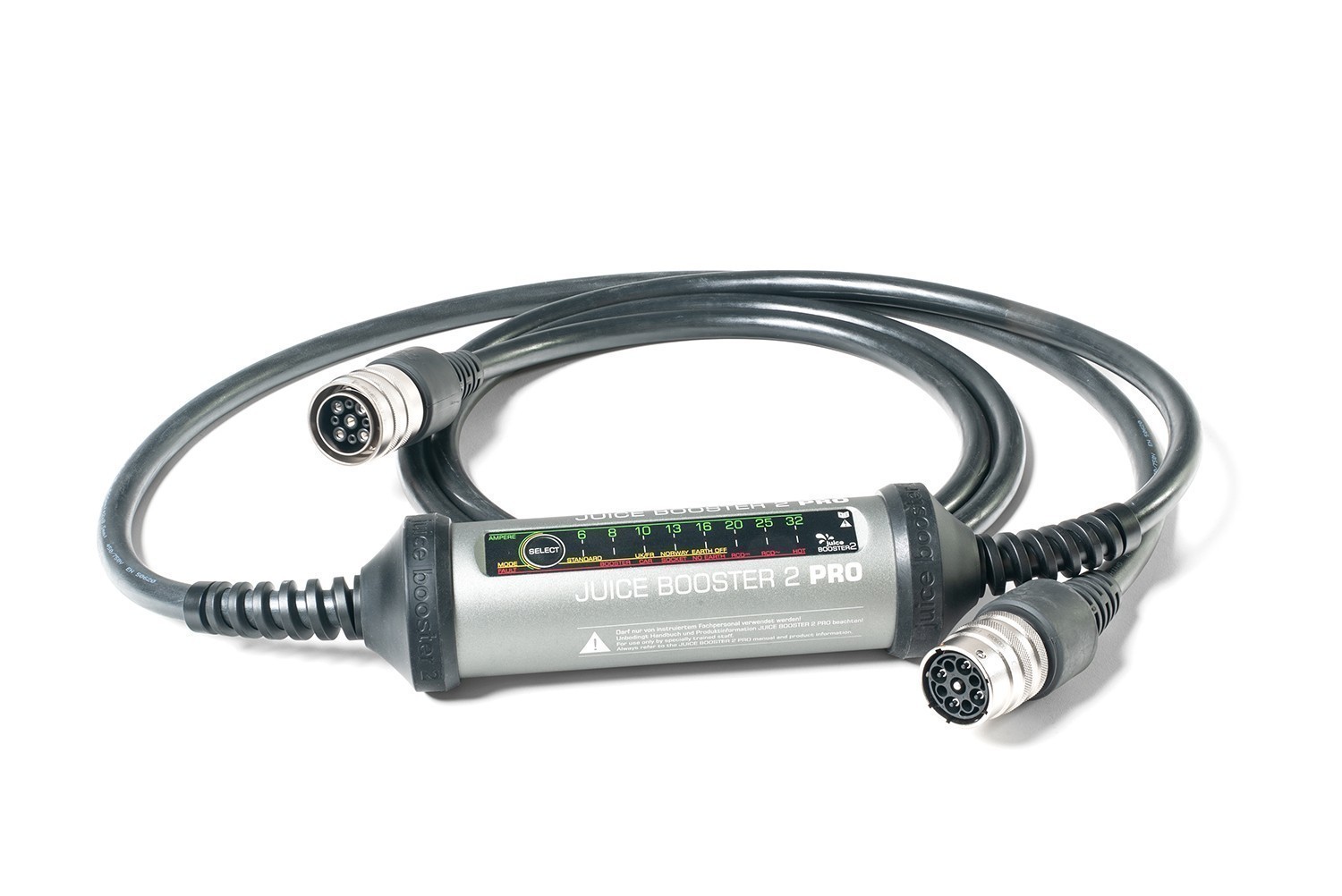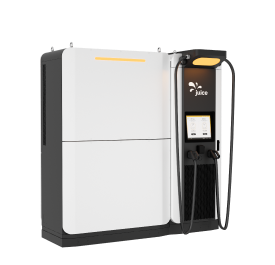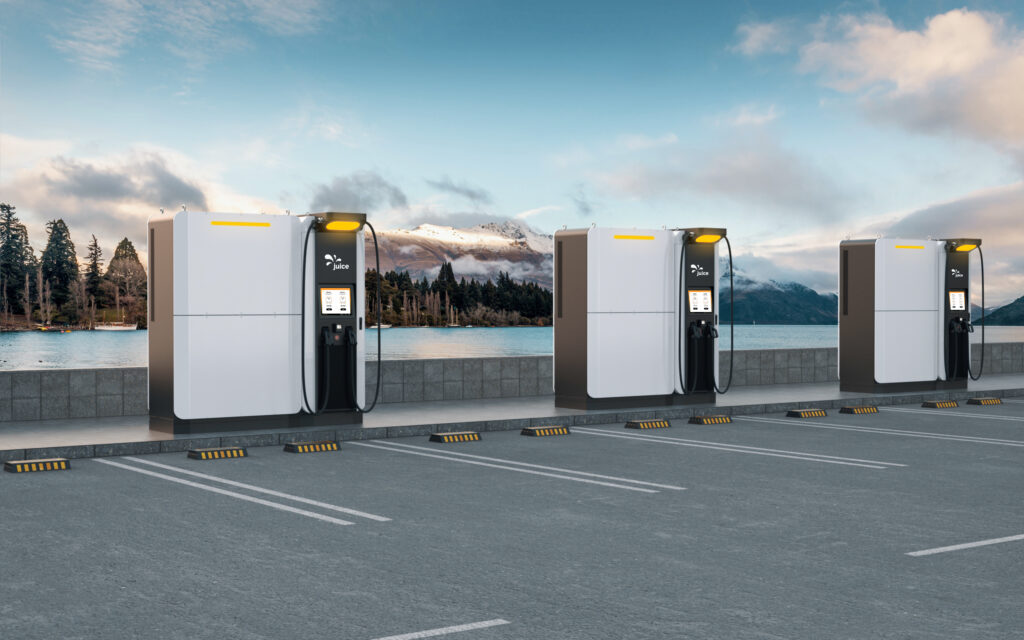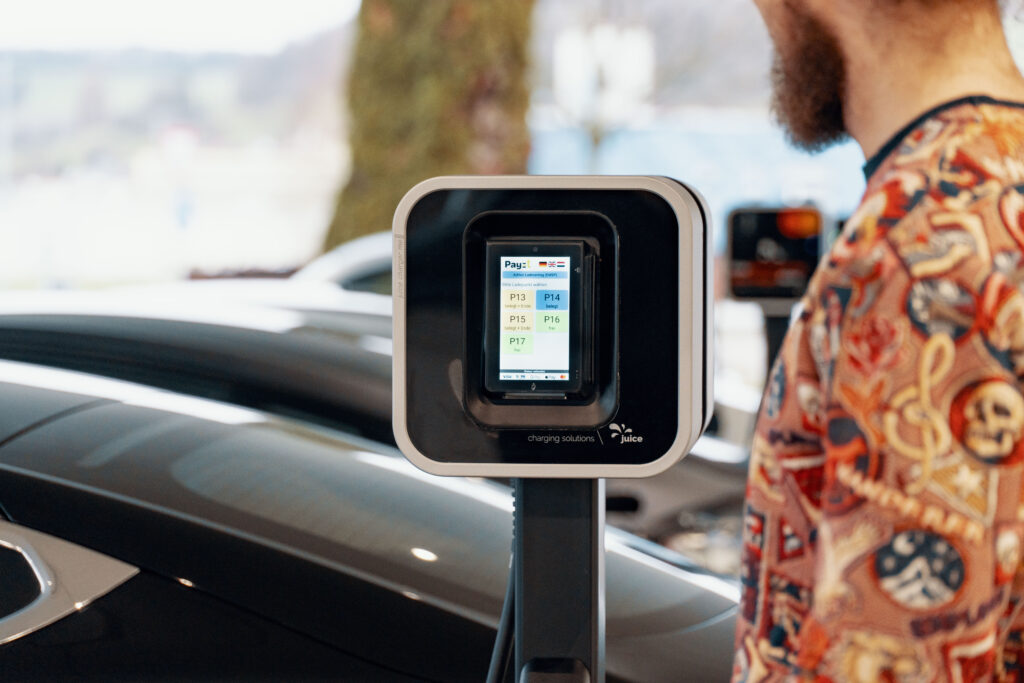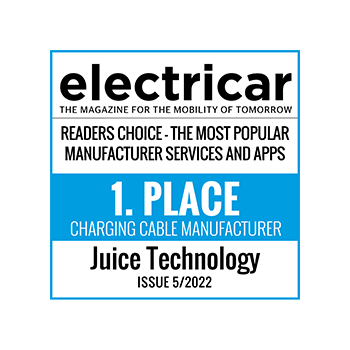There are already more than 3.5 times more electric charging points than petrol stations today. In Germany alone, there are currently around 50,000 publicly accessible charging points available. As of 1 December 2021, the proportion of fast charging points was more than 16%.
The following formula can be used to easily determine whether sufficient charging points are available in a certain region:
Until 2025: Number of electric vehicles x 3 to 5 percent = number of fast charging points required
From 2025: Number of electric vehicles x 2 to 3 percent = number of fast charging points required
Regardless of the type of charging station – whether AC or DC – the EU recommends at least one charging station per ten electric vehicles. But the charging infrastructure should always be one step ahead of the demand. Which is why the number of charging points needs to increase quicker than the number of electric vehicles put onto the roads. And the number of vehicles has been growing exponentially for years. However, the geographical distribution of the charging infrastructure is more important that the absolute figures. Fast charging stations are predominantly required on the motorways and at transport hubs. Fast charging parks every 50 to 100 km along all major motorways are advisable. For professional drivers and commuters who cover long distances, charging at service stations or fast charging parks is both sensible and necessary.
In all other cases, AC charging stations are entirely sufficient. They should be available in public spaces for short top-up charging at heavily frequented locations such as supermarkets, shopping centres, restaurants, concert halls, sports stadiums, fitness centres and institutions. A fundamental rethink is required here, rather than an attempt to transfer old habits to new possibilities and innovations. The misconception is that you have to make an additional trip to a petrol station with an electric vehicle in order to “fill up” the empty battery.
There is electricity everywhere, when means it is possible to use downtime for the vehicle in order to charge – generally at home or at work. In addition to expansion of the public charging infrastructure and fast charging parks, the focus should therefore predominantly be on expansion of domestic charging infrastructure.
And that’s not a Herculean task. When you consider that, in principle, every source of electricity, so every domestic and industrial socket, can be used as a charging station, there are already around 60 million charging points in Germany which are accessible with the Juice Booster 2. That’s more than 1,000 times more electric charging points than petrol pumps.
Sources:
silentMag 6/2021
https://www.bundesnetzagentur.de/DE/Sachgebiete/ElektrizitaetundGas/Unternehmen_Institutionen/E-Mobilitaet/Ladesaeulenkarte/start.html
https://www.next-mobility.de/agora-verkehrswende-fordert-bei-ladenetz-fuer-e-autos-auf-schnellladen-konzentrieren-a-1094803/?cmp=nl-393&uuid=06a5a06278c3382c53889e3b953b2b2d
